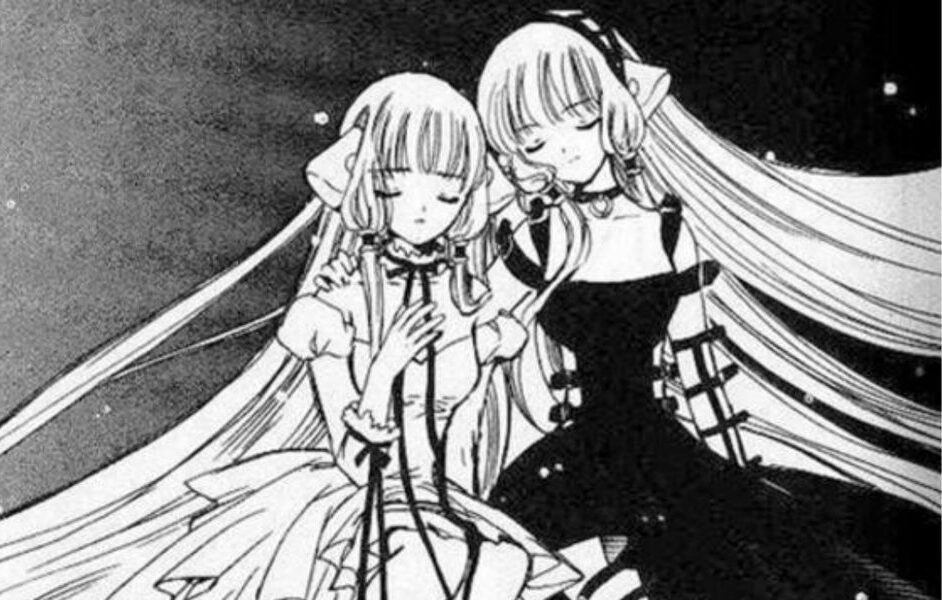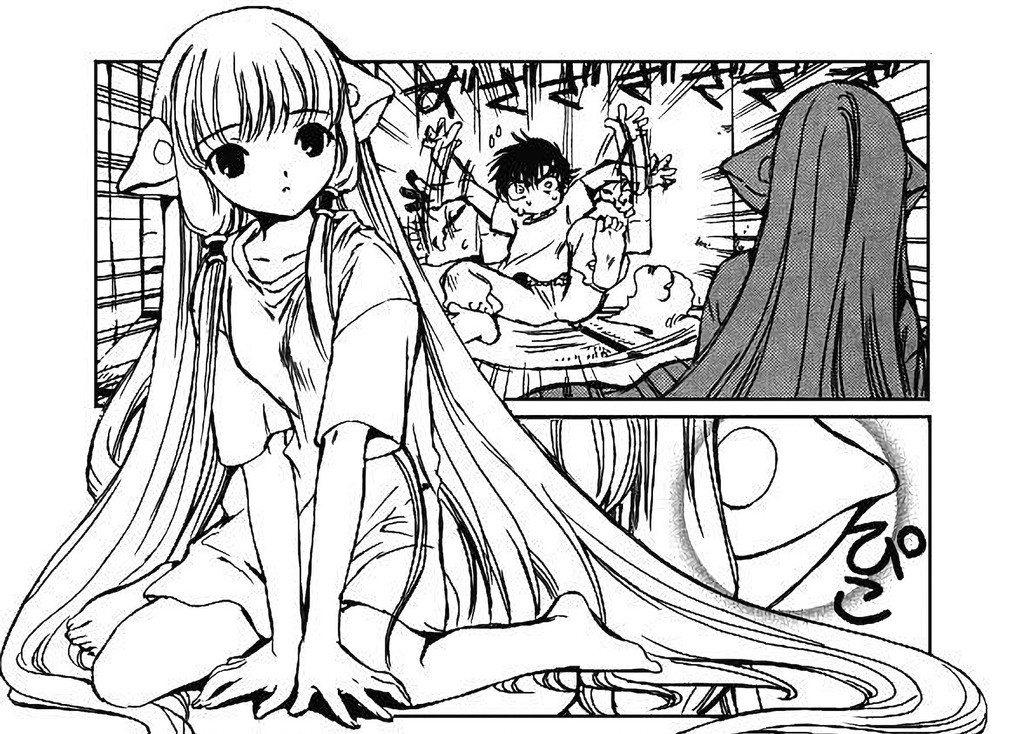Many people remember Chobits, the 2001 manga series by CLAMP, as the first dirtiest thing they read as a pre-teen. “(This is just a warning!) Don’t buy it if you have parents at home who might care,” one fansite cautioned in 2001. But what felt like a perverted romance when I was young feels like a moderately raunchy story as an adult. And from that angle, it’s much easier to appreciate Chobits for what it is – a sci-fi story – two decades after it was published.
Chobits tells the story of a penniless rounin named Hideki, who finds a beautiful girl persocom – a portmanteau of the words “personal computer” – discarded in a pile of trash. After taking her home and turning her on (a fully intentional double entendre), Hideki finds himself caretaker of a special persocom, whose mysterious powers are masked beneath an innocent veneer. He names this “girl Doraemon” Chii, after the only word she can say.
With all the trappings of a sci-fi, Chobits explores sentience, a worldwide information sprawl, and the ubiquity of personal computers. It even has gearheads – people with neutral moral alignment obsessed with ever-advancing technology, who could maybe theoretically be convinced of its dangers if there was something in it for them. But what makes this story so unique is it tricks you into thinking it isn’t sci-fi.
Technostalgia
I remember the first time I laid eyes on Chobits. It was 2001, when I was first building anime websites, and my friend had just launched <1>: A Chii Shrine. There are charming details of Chobits that date it back to these years – for instance, Chii’s entire memory bank is saved on a floppy disc, and characters communicate over BBS (bulletin board systems). Back then, the internet was mostly for nerds; most households had a maximum of one computer, cellphones weren’t common, and the internet tied up your landline.
But CLAMP accurately predicted the increasing pervasiveness of this technology, and its ability to search, map, and record data instantaneously. Analogous to today’s smartphones, Chobits‘ persocoms exist aside every person, constantly evolving to learn their user’s habits and preferences. According to CLAMP, it was important that the persocoms be computers and not robots to challenge the reader’s empathy with what were essentially “appliances,” in spite of appearances. “We decided to use computers to stress the fact that they weren’t living beings.”
And that persocoms are computers, rather than robots, proved a far more prophetic vision of today’s technological landscape than sci-fi that’s preoccupied with sentient robot takeovers (an exhausted trope that has never remotely come to fruition). CLAMP’s exploration of artificial intelligence focuses on interpersonal relationships: how technology has changed family, friendship, and romance.
A City with No People
Chobits is about androids and artificial intelligence, but its angle is unexpected. Perhaps what resonated the most with young readers in the 2000s, and what resonates the most with me today, is its exploration of loneliness. Maybe this is why Chobits is often dismissed as a rom-com, though isolation in a digital age is a quintessentially sci-fi theme.
Chobits explores loneliness through a story in a story: A City With No People is a childlike picture book that illustrates isolation in a world where people no longer connect with each other, replacing their human relationships with persocoms. It’s meant to serve as a cautionary tale to people like Hideki, who are seduced by the beauty and perfection of persocoms. Ahead of its time, A City With No People evokes parallels with social media today, in which unattainable perfection precedes our expectations for life offline.
In this city, there are no people. The lights are on in all the houses, but there is nobody on the streets. Are there people inside? I peek in a window to find out.
A City with No People, from Chobits by CLAMP
A City with No People is meant to be hyperbolic and maybe a little dystopian, but – and this is a tenuous connection, I admit – reading it during the height of the pandemic felt so real and familiar. Running errands, going to work, driving down empty streets, walking down empty aisles, not seeing friends for weeks on end – every human interaction we had was interfaced with computers.
Twenty Years Later
Chobits holds up, in case you were wondering. First of all, the artwork is stunning. Mokona, the lead artist of CLAMP, rendered the entire manga in ballpoint pen, eschewing detailed scenery and sketchy lines that characterized previous CLAMP works for bold use of negative space, sparse shading, and simplified facial and clothing features.
And then, of course, it is also funny and flirtatious, but mysterious and elegiac. Without a doubt, Chobits is full of fanservice, but CLAMP – a four-woman team – took special care to impart feminine qualities on their male protagonist while also treating sex in a way “that girls won’t get embarrassed about.”



